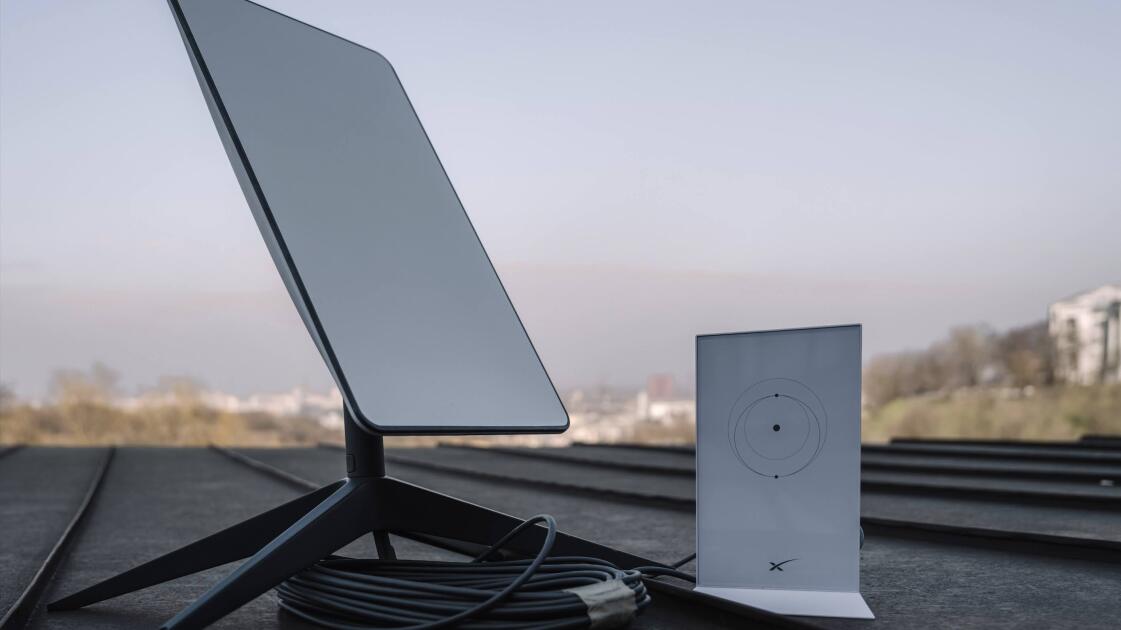Don’t miss out on our latest stories. Add PCMag as a preferred source on Google.
If you have a dormant Starlink dish, you’ll need to update its software soon or risk it becoming bricked, according to SpaceX.
The company is sending out emails to customers about plugging in their Starlink dish and putting it outside to receive an update. “It is critical you perform this software update before Nov. 17, or your Starlink will no longer function,” the email warns.
(Credit: Reddit user ZestyclosePin5848)
The issue appears to affect customers who have canceled or paused their satellite internet service and stored the Starlink hardware. To improve its service, SpaceX routinely rolls out updates for Starlink dishes, but this can only happen if the hardware is online. It appears that a future firmware update may disable dormant hardware if it doesn’t receive the required software.
SpaceX has added more details to a Starlink support page entry, noting that the required update is “part of ongoing improvements to enhance security, performance, and reliability across the Starlink network.”
Importantly, the update is available to customers who canceled their Starlink plan. ”You do not even need an active service line to complete this update. Simply plugging in your Starlink and following the instructions will allow the update to install,” the support page says. “You will not be charged for completing this update or for keeping your Starlink plugged in during the process.”
(Credit: Starlink.com)
The support page also notes that the issue affects a second group of customers. “Beginning on November 18, their kit will be unable to access the internet until the update is performed.”
Get Our Best Stories!
Your Daily Dose of Our Top Tech News

Sign up for our What’s New Now newsletter to receive the latest news, best new products, and expert advice from the editors of PCMag.
Sign up for our What’s New Now newsletter to receive the latest news, best new products, and expert advice from the editors of PCMag.
By clicking Sign Me Up, you confirm you are 16+ and agree to our Terms of Use and Privacy Policy.
Thanks for signing up!
Your subscription has been confirmed. Keep an eye on your inbox!
SpaceX adds, “Only customers who received an email or in-app notification need to take action. Each message includes a Terminal Identification Number (UTID) identifying which Starlink kit(s) are affected.”
SpaceX says the critical update should install automatically once the dish becomes active again. “You do not need a perfectly clear view of the sky to receive the update,” the company adds.
The problem is that some affected users say they can’t physically access their dormant Starlink dish by Nov. 17. “I got this email. This is going to be a problem for me, as my unit is in an RV 3,000 miles away and I have no ability to do the update within the timeframe,” one Redditor wrote.
Recommended by Our Editors
SpaceX’s support page doesn’t mention how it’ll address these customers. But affected users can file a support ticket. SpaceX didn’t immediately respond to a request for comment.
In the meantime, the issue can also be challenge for resellers of Starlink. Tim Belfall, a director at UK-based Starlink installer Westend WiFi, reports receiving a similar email from SpaceX.
“We understand that some (Starlink dishes) may be in storage while others are out in the field. If there’s anything that might prevent you from completing the update on these, please let us know —we’re here to help!” the message said. In response, Belfall has been trying to update his inactive dishes, but says some have failed to install the new software. “Taking over 5 attempts before success,” he wrote on LinkedIn.
The emails follow a SpaceX executive’s announcement of improvements that have increased download and upload speeds for Starlink by approximately 50% since January.
About Our Expert

Michael Kan
Senior Reporter
Experience
I’ve been a journalist for over 15 years. I got my start as a schools and cities reporter in Kansas City and joined PCMag in 2017, where I cover satellite internet services, cybersecurity, PC hardware, and more. I’m currently based in San Francisco, but previously spent over five years in China, covering the country’s technology sector.
Since 2020, I’ve covered the launch and explosive growth of SpaceX’s Starlink satellite internet service, writing 600+ stories on availability and feature launches, but also the regulatory battles over the expansion of satellite constellations, fights with rival providers like AST SpaceMobile and Amazon, and the effort to expand into satellite-based mobile service. I’ve combed through FCC filings for the latest news and driven to remote corners of California to test Starlink’s cellular service.
I also cover cyber threats, from ransomware gangs to the emergence of AI-based malware. Earlier this year, the FTC forced Avast to pay consumers $16.5 million for secretly harvesting and selling their personal information to third-party clients, as revealed in my joint investigation with Motherboard.
I also cover the PC graphics card market. Pandemic-era shortages led me to camp out in front of a Best Buy to get an RTX 3000. I’m now following how President Trump’s tariffs will affect the industry. I’m always eager to learn more, so please jump in the comments with feedback and send me tips.




